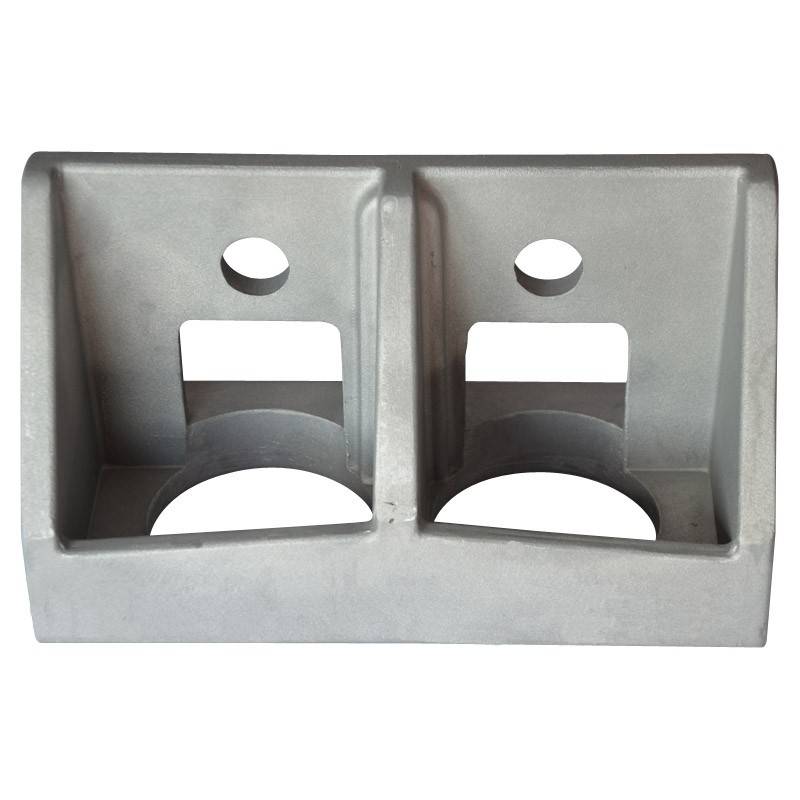Aspects of aluminum foundries
2024-02-20
An aluminum foundry is a facility or workshop equipped for the casting of aluminum alloys. The process involves melting aluminum and pouring it into molds to create specific shapes and components. Here are key aspects of aluminum foundries:
1. Melting Furnace: Foundries have specialized furnaces designed to melt aluminum. The type of furnace can vary, with common types including reverberatory furnaces, crucible furnaces, and induction furnaces. The choice depends on factors like the volume of production, the type of alloy being used, and energy efficiency considerations.
2. Aluminum Alloys: Various aluminum alloys can be used in the foundry process, each with specific properties suited for different applications. Common alloys include those in the 1000, 3000, 5000, and 6000 series.
3. Mold Making: Molds are created to shape the molten aluminum into the desired form. The molds can be made of materials like sand, metal, or ceramics, and they are designed based on the specific requirements of the casting.
4. Casting Processes: There are different casting methods used in aluminum foundries, including:
- Sand Casting: A widely used method where a pattern is pressed into a sand mold, creating a cavity for the molten aluminum.
- Die Casting: A process where molten aluminum is forced into a metal mold (die) under high pressure. This is suitable for producing high-precision and complex parts.
- Permanent Mold Casting: Involves using a reusable mold made of metal to shape the aluminum. It's more durable than sand molds and allows for higher production rates.
- Lost Foam Casting: A process where a foam pattern is used to create the mold. The foam pattern is vaporized by the molten metal during casting.
5. Casting Design and Tooling: The design of the casting and the tools used for mold creation are crucial for achieving the desired final product. Proper tooling ensures precision and consistency in the casting process.
6. Cooling and Solidification: After pouring the molten aluminum into the mold, the cooling and solidification process takes place. Proper cooling rates are essential to achieve the desired properties of the final product.
7. Finishing Processes: Once the casting has solidified and is removed from the mold, it often requires finishing processes such as machining, grinding, and surface treatments to meet specific requirements and tolerances.
8. Quality Control: Aluminum foundries implement quality control measures to ensure that castings meet the required standards. This may involve testing for defects, dimensional accuracy, and material properties.
Aluminum foundries play a crucial role in producing a wide range of aluminum components used in industries such as automotive, aerospace, construction, and consumer goods. The choice of casting method and alloy depends on the application and the desired properties of the final product.



